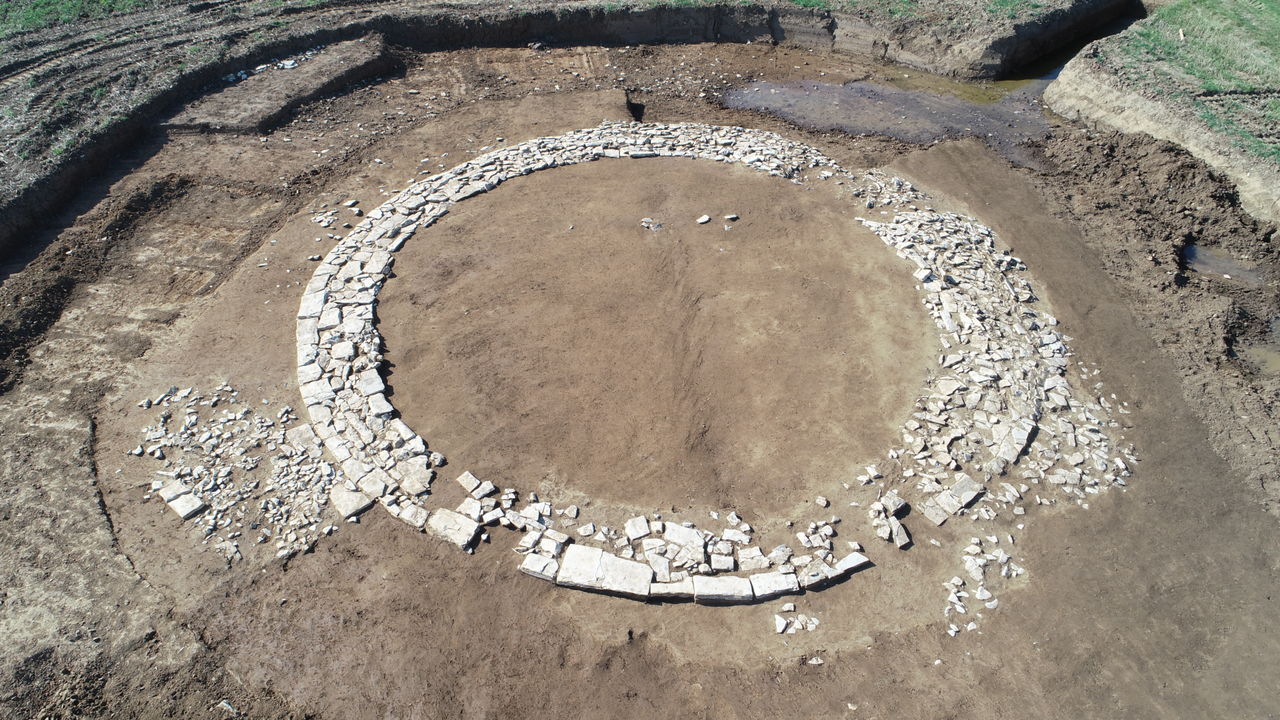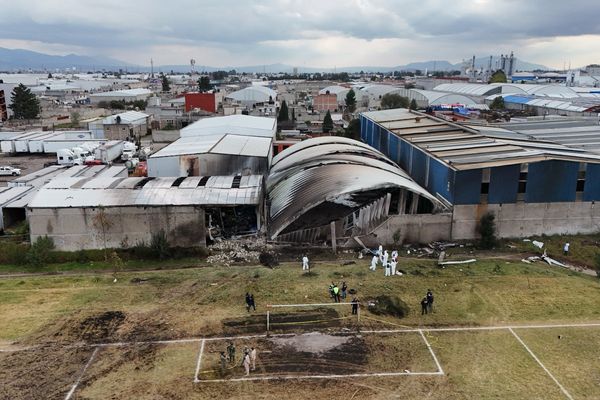
Archaeologists have discovered an unusual circular stone grave in southern Germany. Dating to the Roman Empire, the large tomb was completely empty — and it may have been erected as a monument to honor someone buried elsewhere.
"The tomb was both a place of remembrance and an expression of social status," Mathias Pfeil, curator general of the Bavarian State Office for Monument Preservation, said in a translated statement. "We hadn't expected to discover a funerary monument of this age and size here."
The tomb was discovered during construction work in the fall of 2024 in the village of Wolkertshofen, located in the southern German state of Bavaria. Archaeologists working alongside the builders noticed fragments of ceramics during the excavation, before reaching a massive stone foundation with a diameter of 39 feet (12 meters). Abutting the circle was a stone square that probably once held a statue or grave marker.
According to the Bavarian State Office for Monument Preservation, the circular tomb was built next to a Roman road. The shape and arrangement of the carved stones also suggest that the burial mound dates to Roman times, when the area was part of the province of Raetia.
But while similar Roman burial mounds have been found in Central Europe and Italy, this discovery is "highly unusual" and "extremely rare" for Germany, the Bavarian State Office for Monument Preservation noted in the statement. Burial mounds found in this area are typically from a much earlier date.
Additionally, the Wolkertshofen tomb is unusual because no bones or grave goods were found inside it. Coupled with the tomb's proximity to a Roman road and a Roman country estate, this may mean that the burial mound was a cenotaph — a symbolic tomb that commemorated someone who was buried elsewhere.
"The tumulus [burial mound] was located directly on an important Roman traffic route, and the family thus created a widely visible memorial for the deceased," Pfeil said.
Further research into the tomb and the surroundings will help experts better understand Roman life in Bavaria, according to the statement.







